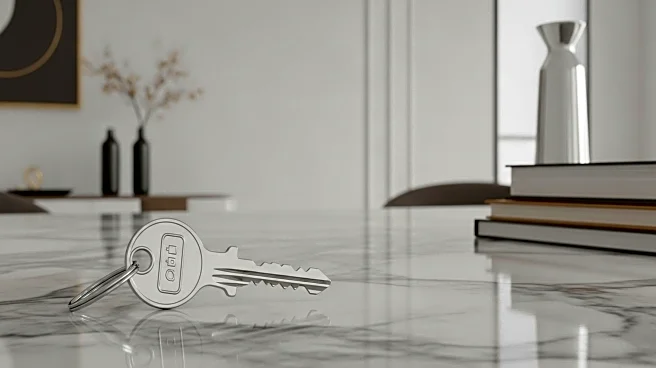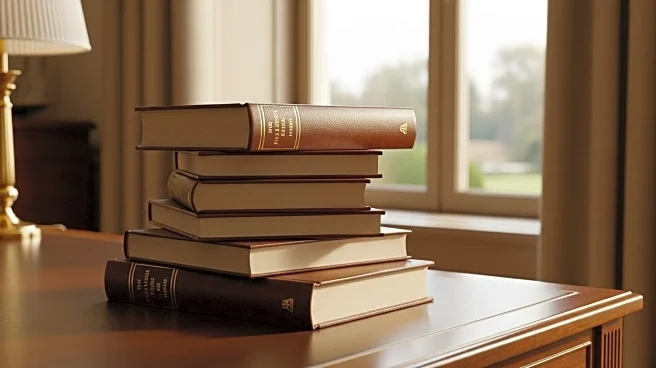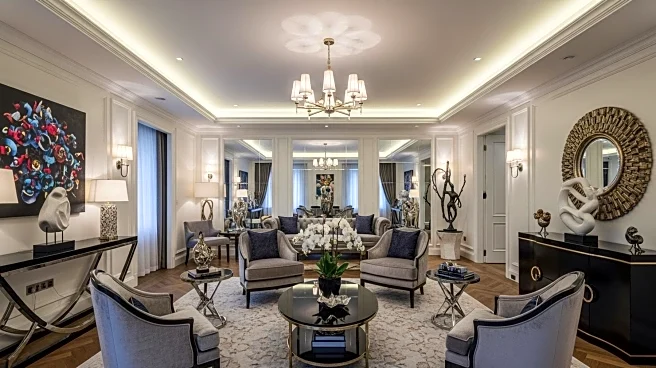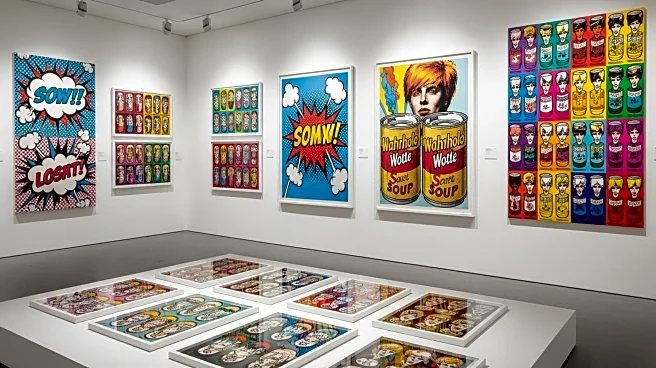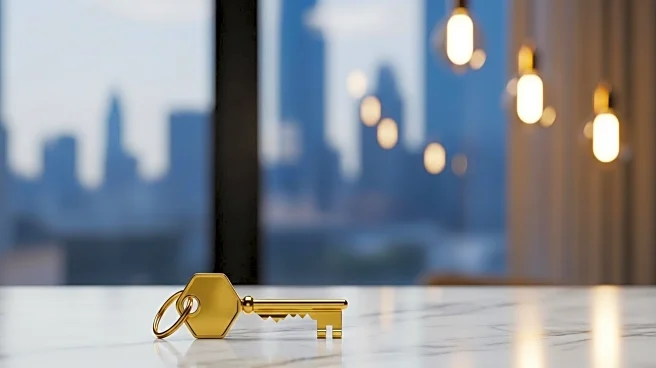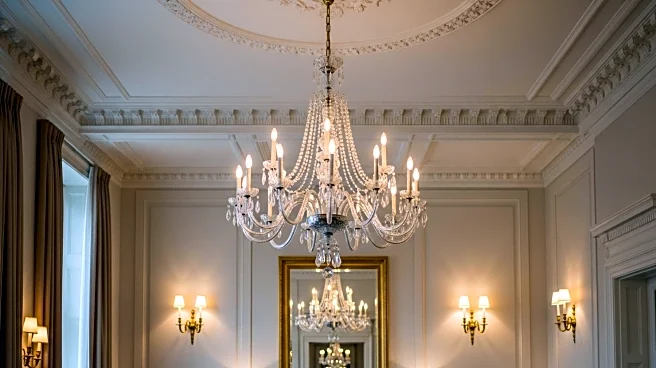What's Happening?
Louise Riggio, widow of Barnes & Noble founder Leonard Riggio, is selling a significant portion of her real estate holdings, including a $17 million property on Park Avenue. This sale is part of a larger portfolio selloff valued at over $100 million. The Manhattan property, designed by architect Peter Marino, features custom-built bookshelves and geometrically inlaid floors. The selloff follows the death of Leonard Riggio in September 2024 and includes the sale of their Palm Beach residence for $81 million last November. Louise Riggio is also parting with a substantial art collection, having sold pieces by artists like Andy Warhol earlier this year.
Why It's Important?
The selloff by Louise Riggio represents a significant shift in the management of high-value real estate and art assets. This move could impact the luxury real estate market, particularly in Manhattan and Palm Beach, where high-profile properties are being listed. The sale of art pieces valued at $250 million also highlights the influence of private collectors on the art market. As these assets are redistributed, it may affect market dynamics, pricing, and availability of luxury properties and art collections. Stakeholders in real estate and art industries may see changes in demand and investment opportunities.
What's Next?
The ongoing selloff may lead to further listings of high-value properties and art pieces from the Riggio estate. Real estate agents and art dealers are likely to monitor these developments closely, as they could influence market trends. Potential buyers and investors may anticipate additional opportunities to acquire prestigious assets. The completion of pending sales, such as the Bridgehampton home, will be watched for final transaction details. Louise Riggio's decisions regarding remaining properties and art pieces will continue to shape the landscape of luxury asset management.
Beyond the Headlines
The selloff raises questions about the legacy and preservation of cultural assets, as significant art collections and historic properties change hands. Ethical considerations regarding the stewardship of art and real estate may arise, particularly in terms of public access and conservation. The transition of these assets could also reflect broader trends in estate planning and wealth management among high-net-worth individuals.


